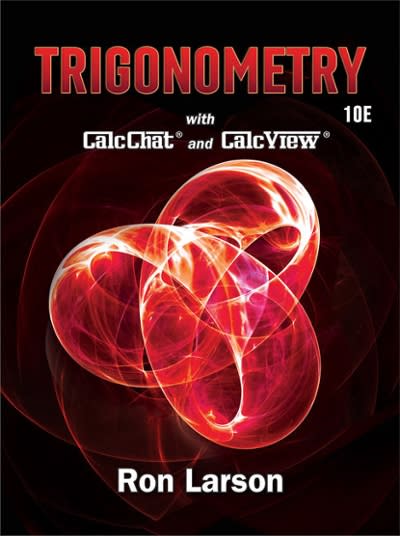Answered step by step
Verified Expert Solution
Question
1 Approved Answer
In a clinical trial, 24 out of 864 patients taking a prescription drug daily complained of flulike symptoms. Suppose that it is known that 2.4%
In a clinical trial, 24 out of 864 patients taking a prescription drug daily complained of flulike symptoms. Suppose that it is known that 2.4% of patients taking competing drugs complain of flulike symptoms. Is there sufficient evidence to conclude that more than 2.4% of this drug's users experience flulike symptoms as a side effect at the a = 0.01 level of significance? Because npo (1-P) = 15 > 10, the sample size is less than 5% of the population size, and the sample can be reasonably assumed to be random, the requirements for testing the hypothesis are satisfied. (Round to one decimal place as needed.) What are the null and alternative hypotheses? p > 0.018 Ho: p = 0.018 versus H : (Type integers or decimals. Do not round.) Find the test statistic, 20- 20 = (Round to two decimal places as needed.) Find the P-value. P-value = (Round to three decimal places as needed.) Choose the correct conclusion below. A. Since P-value >a, do not reject the null hypothesis and conclude that there is not sufficient evidence that more than 1.8% of the users experience flulike symptoms. B.Since P-value a, reject the null hypothesis and conclude that there is not sufficient evidence that more than 1.8% of the users experience flulike symptoms. D. Since P-value
Step by Step Solution
There are 3 Steps involved in it
Step: 1

Get Instant Access to Expert-Tailored Solutions
See step-by-step solutions with expert insights and AI powered tools for academic success
Step: 2

Step: 3

Ace Your Homework with AI
Get the answers you need in no time with our AI-driven, step-by-step assistance
Get Started


